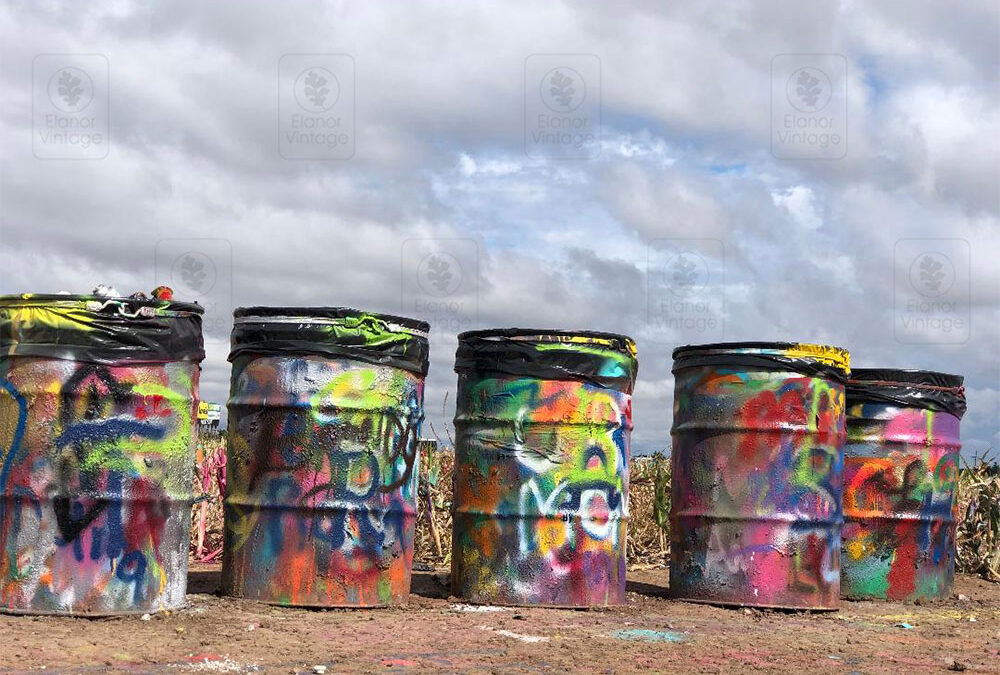How Do I Copyright My Artwork?
Creating artwork is a deeply personal and rewarding endeavor, but protecting your creative output is equally important. Copyrighting your artwork ensures that you have legal rights over your creations, preventing unauthorized use or reproduction. In this blog post, we will explore the steps to copyright your artwork and why it’s essential for artists who want to display their artwork in home settings or sell their pieces.
What is Copyright?
Copyright is a form of intellectual property protection granted by law to the creators of original works. This includes literary, dramatic, musical, and artistic works. It gives the creator exclusive rights to use and distribute their work, usually for a limited time. For visual artists, copyright covers paintings, drawings, sculptures, photographs, and other forms of art.
Why Should You Copyright Your Artwork?
Before diving into the process of copyrighting your artwork, it’s crucial to understand why you should do it:
- Legal Protection: Copyright provides legal protection against unauthorized use or reproduction of your work.
- Monetary Benefits: If someone wants to use your artwork commercially (e.g., for merchandise), they must pay you for the rights.
- Moral Rights: You retain moral rights over your work, meaning you can object to any derogatory treatment of it.
- Public Recognition: Registering your copyright can serve as proof of ownership if disputes arise.
Steps to Copyright Your Artwork
1. Create Original Work
The first step in copyrighting your artwork is creating an original piece. The work must be tangible; ideas alone cannot be copyrighted. Whether it’s a painting hanging in your home or a digital illustration on your computer, ensure that it is fixed in a tangible medium.
2. Understand Automatic Protection
In many countries including the United States, copyright protection is automatic as soon as you create an original work and fix it in a tangible medium of expression. This means that once you’ve created an original piece of art and documented it (e.g., through photographs or digital files), you automatically hold the copyright.
3. Register with the U.S. Copyright Office
While automatic protection exists, registering with the U.S. Copyright Office provides additional benefits such as:
- Public record of ownership
- Eligibility for statutory damages and attorney’s fees in case of infringement
- Ability to file lawsuits against infringers
How to Register:
- Prepare Your Work: Ensure that you have high-quality images or copies of your artwork.
- Create an Account: Visit copyright.gov and create an account.
- Complete Application: Fill out the online application form with details about yourself and your work.
- Pay Fee: The registration fee varies depending on whether you’re registering one piece or multiple pieces at once.
- Submit Copies: Upload digital copies or send physical copies if required.
4. Use Watermarks
Adding watermarks to digital versions of your artwork can deter unauthorized use online while still allowing people to view it.
5. Keep Records
Maintain detailed records including sketches, drafts, dates of creation, and any correspondence related to the sale or exhibition of your work.
Displaying Artwork in Home Settings
If you’re planning on displaying artwork in home settings—whether it’s yours or someone else’s—it’s essential to understand how copyright impacts this:
- Personal Use: Displaying copyrighted art in private spaces like homes generally falls under personal use and doesn’t infringe on copyrights.
- Reproduction Rights: If you wish to reproduce someone else’s art (e.g., making prints), you’ll need permission from the copyright holder.
- Selling Artworks: If you’re selling artworks from home galleries or online platforms like Etsy or eBay, ensure that all pieces are either created by you or properly licensed.
Conclusion
Copyrighting your artwork is not just about legal protection; it’s about valuing and respecting creative labor—yours and others’. By understanding how copyright works and taking steps to protect your creations, you can confidently share them with the world without fear of infringement.
Whether you’re displaying beautiful paintings in home settings or selling unique pieces online, knowing that your work is legally protected offers peace of mind and encourages further creativity.
So go ahead—create boldly but protect wisely!

